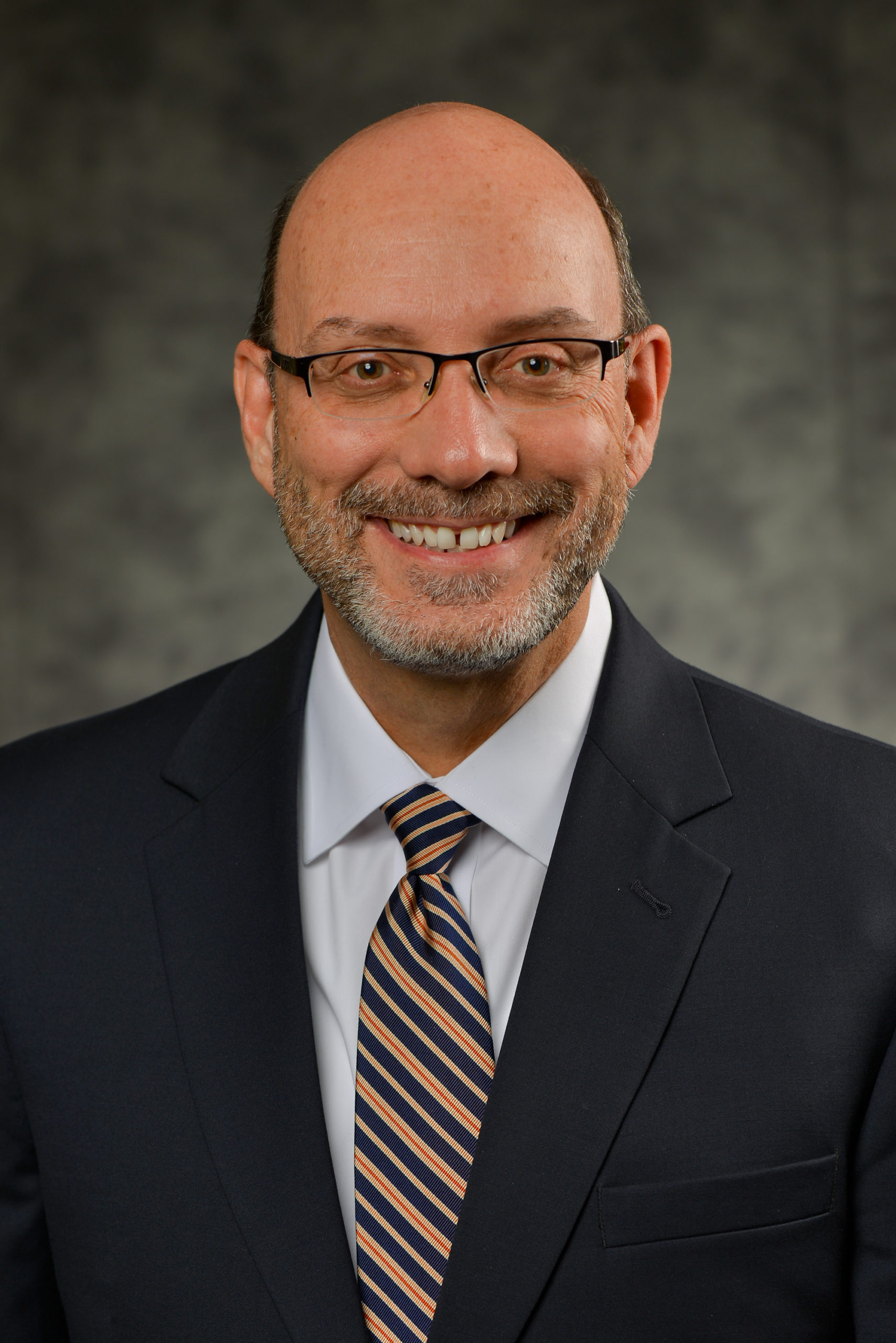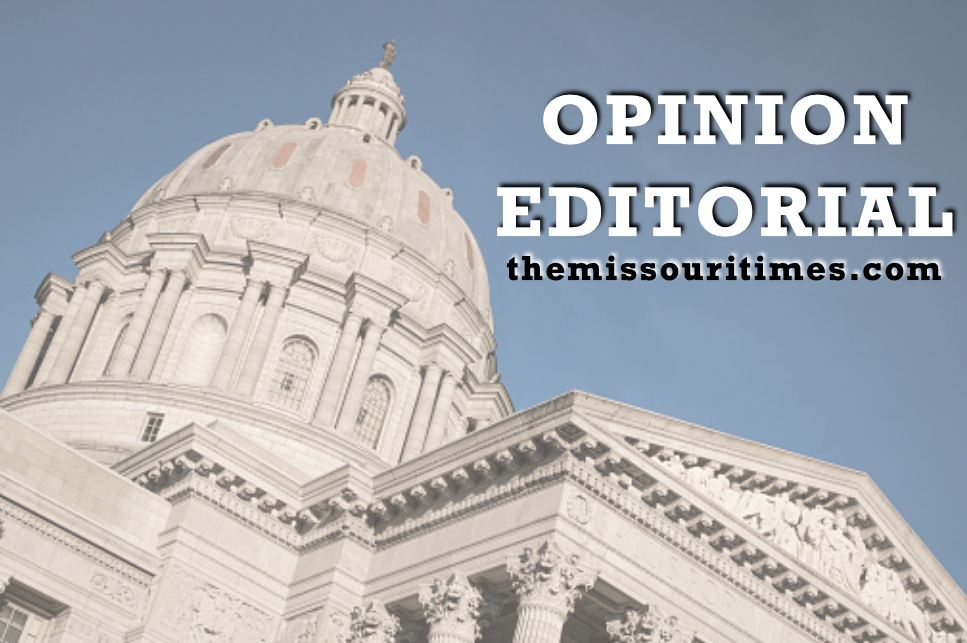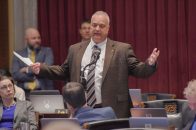In a March 3 commentary in The Missouri Times, Sen. Holly Rehder addressed Missouri’s Medicaid program. Acknowledging the role of Medicaid coverage in “subsidizing health care for those in need,” Sen. Rehder notes that she and her sisters depended on Medicaid for their health care when they were growing up. She also rightly emphasizes the need for diligent attention to “preserve the system and deliver the health coverage that the Missouri voters approved.”
However, Sen. Rehder’s op-ed focuses on a call to eliminate the so-called “out-of-state” payment in the Medicaid program. I believe Sen. Rehder, her constituents, and her policymaker colleagues in Jefferson City would benefit from a broader description of what the payment is and how it affects Missouri communities.

The Medicaid out-of-state payment is made to Missouri hospitals that treat Medicaid patients from other states. It does not replace or duplicate what the other state’s Medicaid program pays. Instead, the out-of-state payment adds to the other state’s Medicaid payment as needed to reach the Missouri in-state payment rate. This allows hospitals to get comparable payments for out-of-state and Missouri Medicaid patients. In doing so, it helps offset some of the unreimbursed cost of treating those non- Missouri patients.
The state’s share of out-of-state payments is funded by hospitals themselves through a provider tax they pay. The balance is federal funds. No state general revenue — the fund that holds Missourians’ income and sales, and other state tax revenues — is used.
It also is important to note that these out-of-state payments, like other Missouri Medicaid payments, pay hospitals far less than the audited cost of providing the services once the provider tax is considered.
Sen. Rehder says the out-of-state payment is being made “for no good reason.” I respectfully disagree. Consider the following.
Missouri state government initiated the out-of-state payment to address a state fiscal crisis in 2002. Using funds generated by an increase in the hospital provider tax, it yielded the state $58 million in new revenue for the fiscal year 2003 budget. This state benefit has been carried forward in every subsequent state budget. Since its inception in 2002, the out-of-state payment has generated more than $1 billion to the benefit of the state’s general revenue fund.
A 2019 study by Missouri State University economists analyzed “medical tourism” — the economic effect of patients from other states coming to Missouri hospitals for treatment. Based on data from 2013 to 2017, it concluded that medical tourism had generated 29,671 Missouri jobs, of which 1,102 were in the southeast Missouri region. Another benefit to Missourians is that the Missouri provider tax law applies to out-of-state patients’ care. Those tax proceeds add to the hospital provider tax that governors and state legislators have relied on for decades to free up billions of general revenue to be spent on other state priorities.
A substantial portion of the out-of-state payment is directed to Missouri’s children’s hospitals, which serve multiple states because of their specialized services and recognized expertise in the Midwest. Eliminating the payment with no replacement would disproportionately harm those hospitals and the children and families they serve.
Abruptly ending the Medicaid out-of-state payment with no discussion of alternatives would cut payments to hospitals close to state borders. Further, it removes an important payment as hospitals continue to provide care and vaccinations for COVID-19 at a time when hospitals’ charity care exceeded $1 billion for the very first time. Importantly, it would not free up any state general revenue to be reinvested in Medicaid or any other state program.
In her op-ed, Sen. Rehder says “the cost savings we see in the Medicaid program should be used to increase reimbursements to folks like doctors and hospitals that are meeting the state’s medical needs.” I concur. But eliminating this payment stream without an alternative does just the opposite. It is the wrong prescription for Medicaid reform.

Herb Kuhn is the president and CEO of the Missouri Hospital Association.










